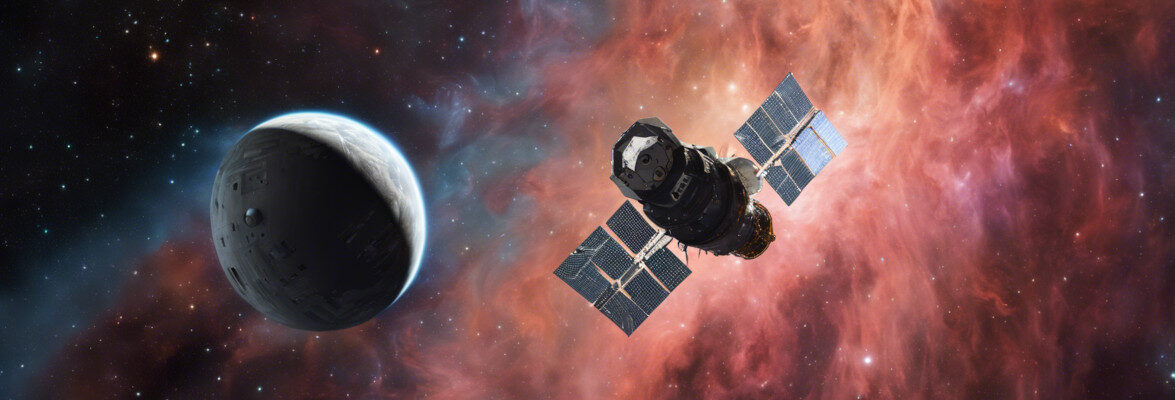
ESA has published a series of photos taken by its TGO space probe’s CaSSIS camera, part of the ExoMars mission run together with the Russian space agency Roscosmos. CaSSIS found NASA’s InSight lander on the surface of Mars along with its heat shield, the back shell that protected it during the descent and its parachute. In the course of its mission, CaSSIS also captured extraordinary images of various areas of the red planet showing the great potential to help researchers in their studies.
The Trace Gas Orbiter (TGO) reached Mars on October 19, 2016 and, after having completed an aerobraking maneuver, slowly reached the orbit from which its scientific mission started. The examination of the gases present in the planet Mars’ thin atmosphere and in particular of methane are the most important part of its primary mission but on board there’s also the Color and Stereo Surface Imaging System (CaSSIS) to capture high resolution images of the Martian surface.
On November 26, 2018, NASA’s InSight lander touched the surface of the planet Mars and on March 2, 2019, the TGO passed over it and its CaSSIS camera captured an image that depicted it along with the “debris” of its complex landing system. The TGO had already passed over that region, called Elysium Planitia, but not exactly above InSight and photographing it was a low priority goal. In addition to its scientific activities, the TGO has the task of acting as a radio relay for InSight in a collaboration between space agencies and reorienting it could have created communication problems.
The TGO will also be used for the next mission of the ExoMars program, which in 2020 includes the launch of the Rosalind Franklin rover and a scientific platform. Again, the space probe will act as a radio relay and the CaSSIS camera showed that it can also capture images of the new vehicles that will arrive on Mars.
Meanwhile, the TGO captures images of various areas of the Mars surface. For example, in the Terra Sabaea it photographed a very strange pattern that is probably the result of the activity of sand devils. Put simply, a series of Martian tornadoes left a considerable amount of traces churning up the materials on the surface, leaving the underlying materials in sight. The color processing shown below led to showing the traces in shades of blue while they would actually appear dark red.

The bottom photo shows Columbus Crater and a large surrounding region in the Terra Sirenum. That vast area is interesting due to the presence of features where conditions could have been suitable for life when the planet Mars was young. Previous studies indicated that the rock layers contain hydrated minerals such as sulphates. In that area there’s also a triple crater studied with both the OMEGA spectrometer on board ESA’s Mars Express space probe and the CRISM spectrometer on board NASA’s Mars Reconnaissance Orbiter space probe, finding those ancient geological traces.
These photos show that the TGO is a space probe very useful for a wide range of studies on Mars as they’re not only spectacular but offer researchers details useful for their reconstruction of red planet’s history. The Mars Express space probe has been working in Mars orbit for the past 15 years, for ESA the confirmation that TGO is a very effective addition to it and that it could replace it in case of malfunctions due to age is excellent news.


